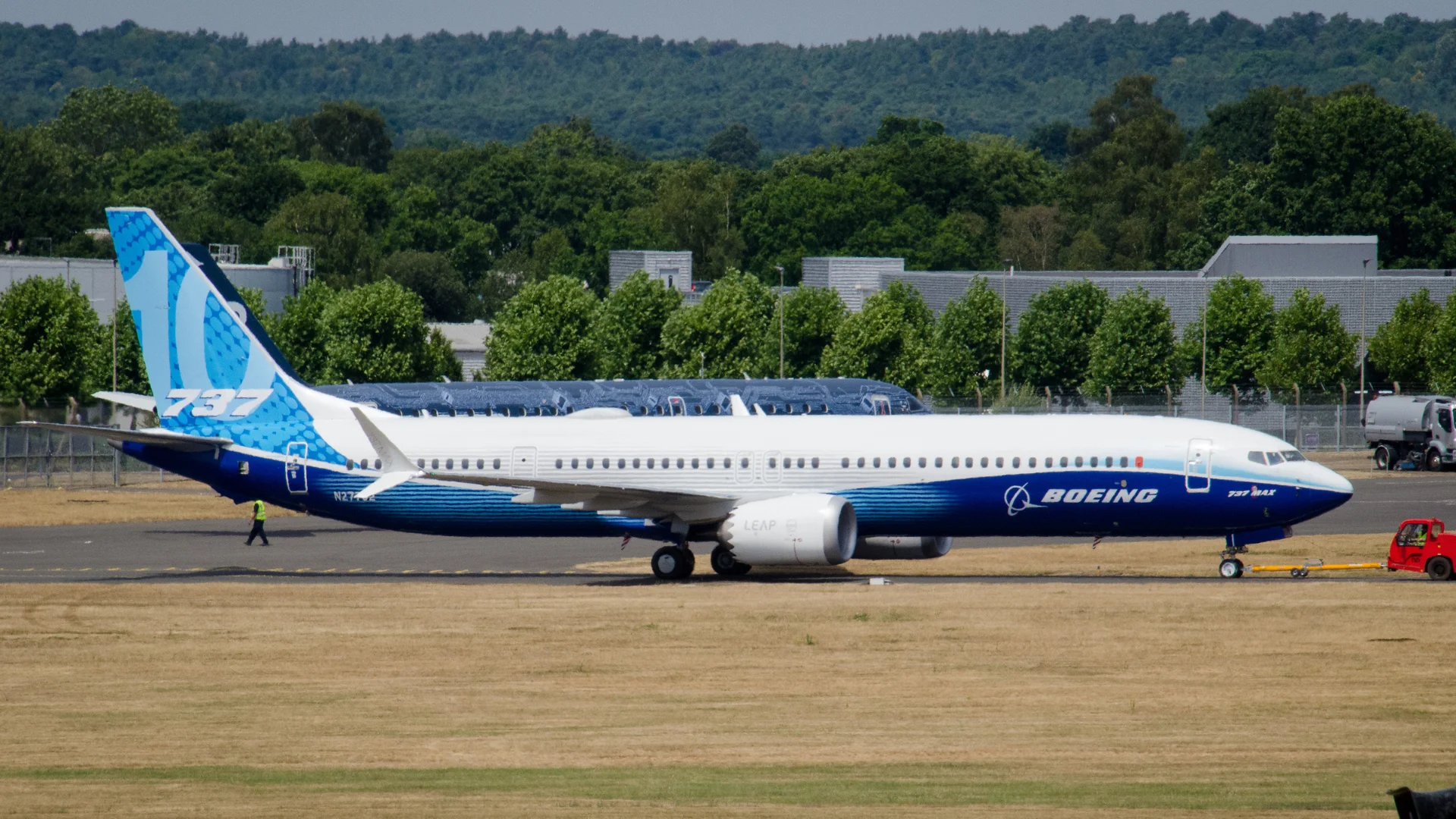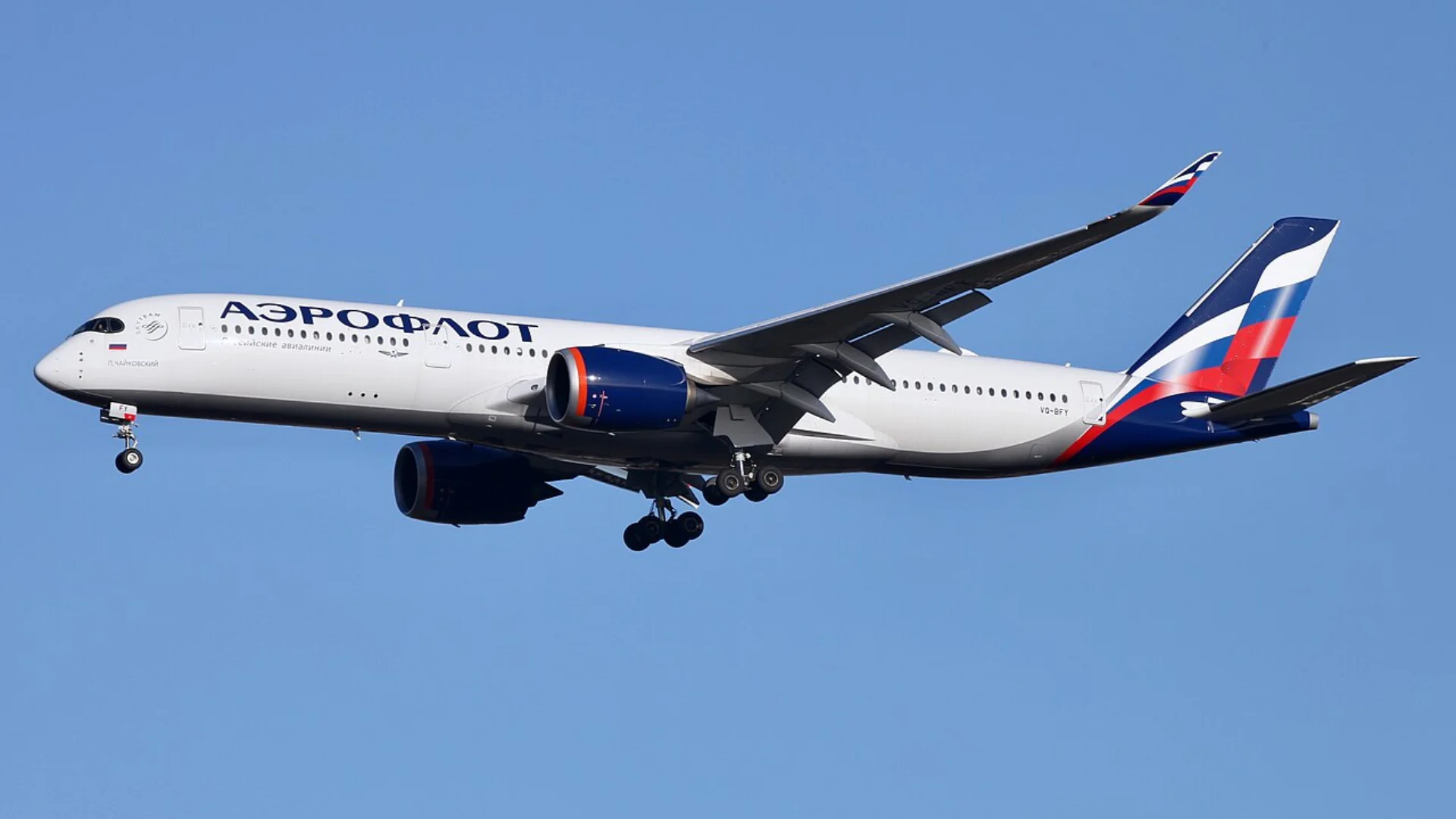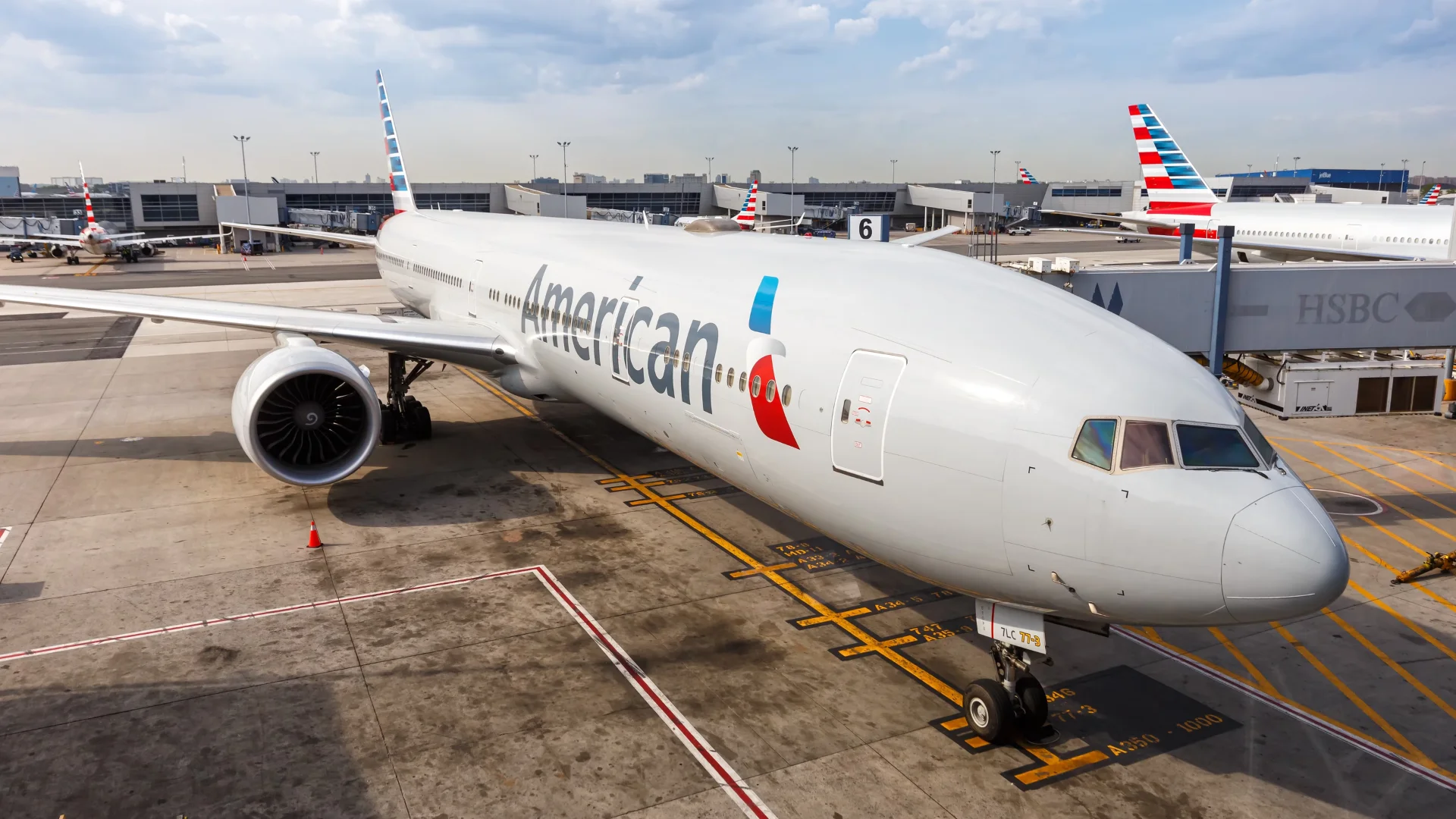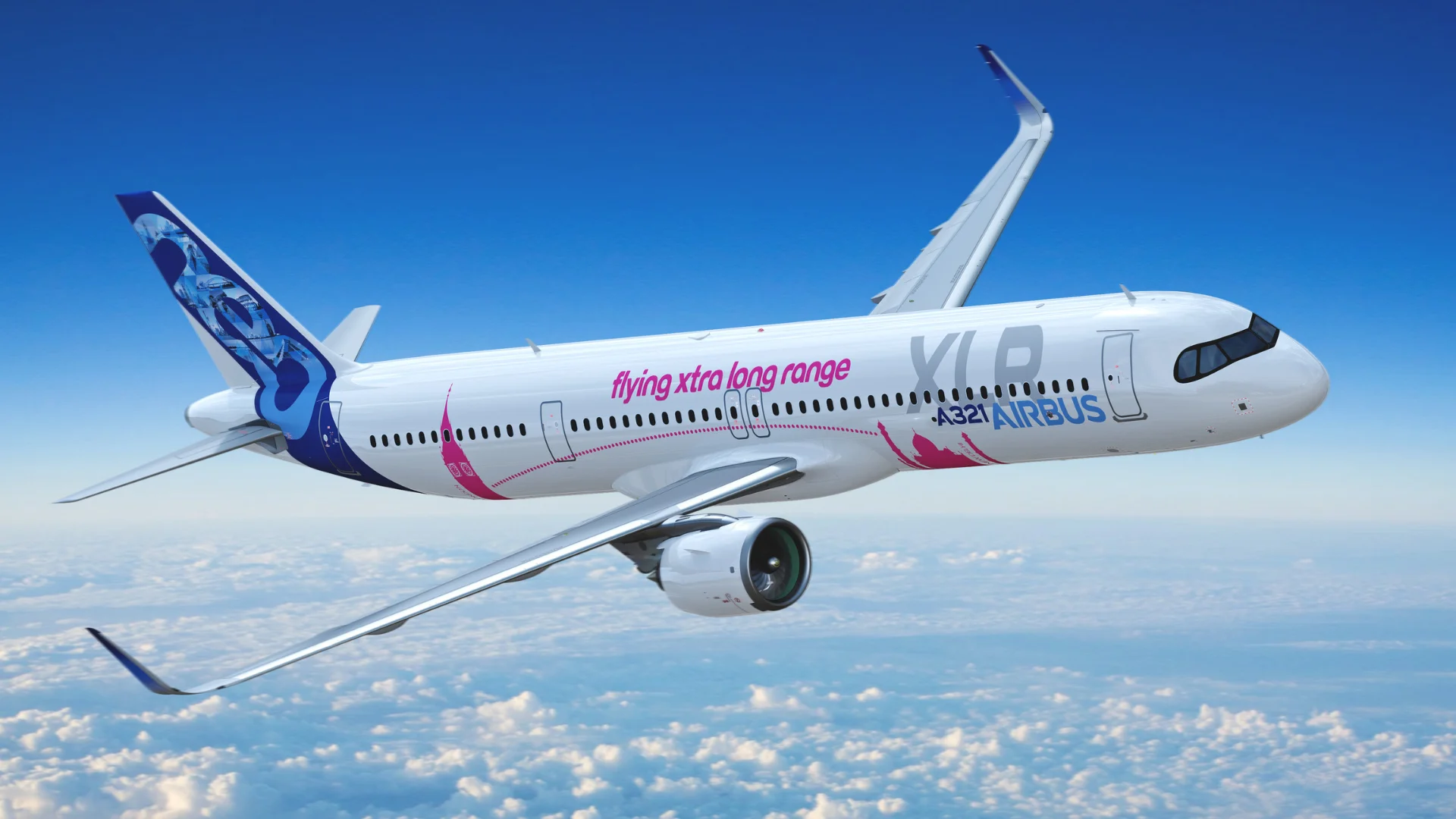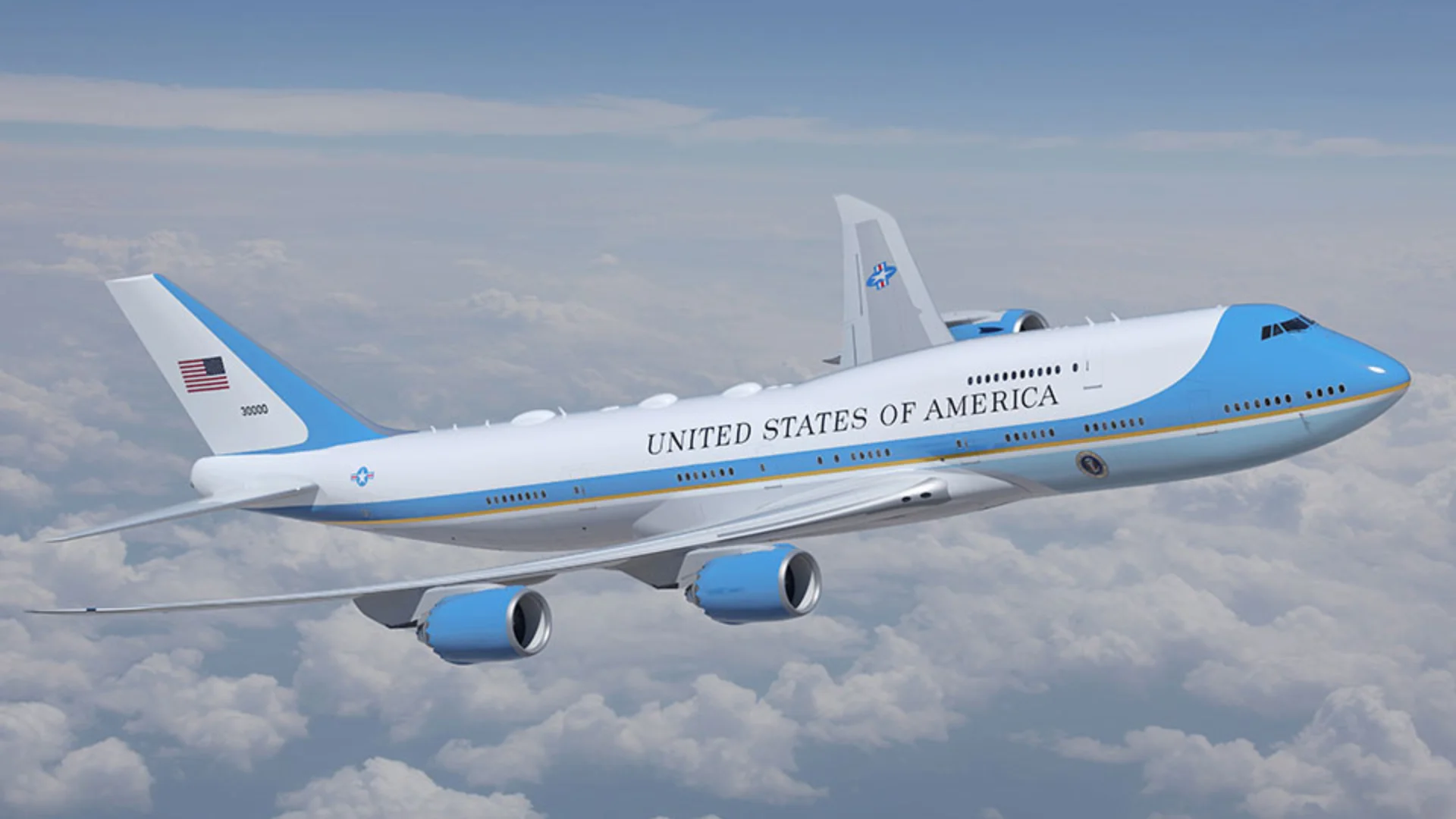Despite its potential advantages, changes in ETOPS rules affected the A340's appeal as airlines preferred more economical twinjets for many city pairings. The A340 did offer impressive range capabilities similar to those of the Boeing 747-400 and exceeded those of other models like the Boeing 767-300ER.
"The larger A340-300 had a typical capacity of up to 290 passengers," noted an industry source. "While not as effective as the 747 on high-capacity long-haul routes, it was versatile enough for less demanding routes."
As engine technology improved and ETOPS limits were relaxed further—eventually reaching up to 330 minutes—the appeal of twinjets grew significantly. The Federal Aviation Administration introduced ETOPS-120 in 1985 for transatlantic operations with newer aircraft such as the Boeing 767 and Airbus A310 proving their reliability.
In response to market shifts and competition from Boeing's advanced models like the B777 series launched between 1990 and beyond—offering better cost efficiencies per seat—Airbus attempted improvements with new variants: "Thus came about," an expert stated about introducing new engines for enhanced performance on versions such as "-500" or "-600".
Ultimately though demand dwindled over time; while some operators still utilize them today especially outside Europe where regulatory environments differ considerably compared elsewhere globally—Lufthansa being one major carrier continuing usage until recent years pending delivery delays affecting replacement fleets featuring modern alternatives e.g., Dreamliner series among others currently under production phases worldwide according various reports available public domain sources including official statements issued respective parties involved directly indirectly capacities concerned therein related matters overall context considered holistically speaking terms implications arising thereof ongoing basis continuously evolving dynamics influencing decisions made stakeholders concerned respectively accordingly thereby ensuring optimal outcomes achieved desired objectives set forth initially envisaged strategic planning processes undertaken successfully executed implemented effectively efficiently possible given prevailing circumstances conditions encountered encountered during course operational lifecycles spanning decades since inception original concept ideas conceived formulated developed realized fruition tangible results manifested reality practical applications actualized concrete measurable quantifiable metrics assessed evaluated periodically reviewed revised updated necessary appropriate warranted justified legitimate reasons purposes determined consensus reached collectively collaboratively participants engaged actively proactively contributing efforts endeavors aimed achieving common goals shared vision future aviation industry moving forward progress advancement technological innovations breakthroughs anticipated foreseeable horizon timeframe specified stipulated parameters guidelines established governing frameworks existing jurisdictions applicable contexts relevant situations addressed adequately satisfactorily manner satisfactory satisfactory satisfactory satisfactory satisfaction satisfaction satisfaction satisfaction satisfaction satisfaction satisfaction satisfaction satisfied satisfied satisfied satisfied satisfying satisfy satisfy satisfy satisfy satisfies satisfies satisfies satisfies sufficient sufficiently sufficiently sufficiently sufficiency sufficiency sufficiency sufficiency suffice suffice suffice suffice sufficient sufficient sufficient sufficient sufficiently sufficiently sufficiently sufficiently adequacy adequacy adequacy adequacy adequate adequate adequate adequate adequately adequately adequately adequately appropriately appropriately appropriately appropriately appropriate appropriate appropriate appropriate appropriateness appropriateness appropriateness appropriateness fit fit fit fit fitting fitting fitting fitting fits fits fits fits suitability suitability suitability suitability suitable suitable suitable suitable suitably suitably suitably suitably compatibility compatibility compatibility compatibility compatible compatible compatible compatible compatibly compatibly compatibly compatibly match match match match matching matching matching matching matches matches matches matches align align align align aligning aligning aligning aligning aligns aligns aligns aligns harmonize harmonize harmonize harmonize harmonizing harmonizing harmonizing harmonizing harmony harmony harmony harmony coherence coherence coherence coherence coherent coherent coherent coherent coherently coherently coherently coherently integration integration integration integration integrated integrated integrated integrated integrating integrating integrating integrating integrate integrate integrate integrate integrates integrates integrates integrates combination combination combination combination combining combining combining combining combines combines combines combines conjunction conjunction conjunction conjunction conjunctive conjunctive conjunctive conjunctive conjunctively conjunctively conjunctively conjunctively union union union union united united united united uniting uniting uniting uniting unite unite unite unite unites unites unites unites merger merger merger merger merging merging merging merging merges merges merges merges blend blend blend blend blending blending blending blending blends blends blends blends synthesis synthesis synthesis synthesis synthesizing synthesizing synthesizing synthesizing synthesize synthesize synthesize synthesize synthesizes synthesizes synthesizes synthesizes amalgamation amalgamation amalgamation amalgamation amalgamating amalgamating amalgamating amalgamating amalgamate amalgamate amalgamate amalgamate amalgamates"
 Alerts Sign-up
Alerts Sign-up
















